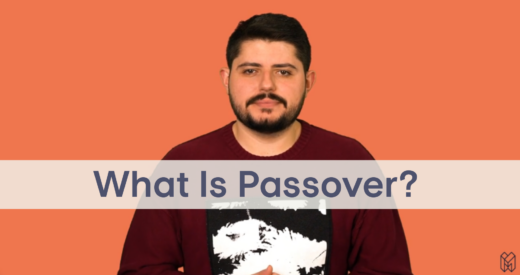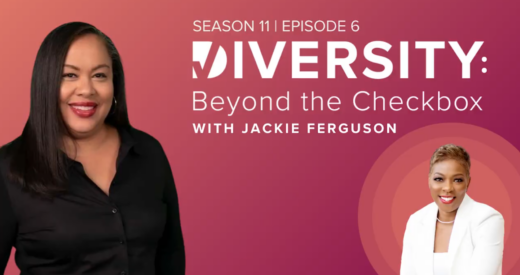LGBT, LGBTQ, LGBTQIA, LGBTQQIAAP, LGBTQIAP+… Many different acronyms are used to represent sexual orientations and gender identities, and you might be familiar with at least one of these terms. But what about the others? What do all these letters mean?
Consider LGBT as a base or foundational acronym representing lesbian, gay, bisexual, and transgender people. Then comes Q, I, A, P, 2, +, and so on: letters added to the base acronym in different orders and quantities.
Q stands for queer or questioning.
I stands for intersex.
A can stand for asexual, aromantic, agender, or ally.
P stands for pansexual
2 stands for two-spirit.
And the + acknowledges that there are many other sexualities and gender identities which are not included in the acronym.
A good general rule? Regardless of the acronym you choose to use, add + to the end. It’s important to recognize as many identities as we can, so that all people are included and respected.
Two other terms you should know? Cisgender, which refers to a person whose gender identity corresponds with the sex they were assigned at birth; and heterosexual, which refers to someone who is exclusively attracted to the opposite gender.
To learn more, browse the LGBTQ+ alphabet included below. Understanding the terms that people use to describe their identity will help you act respectfully, avoid offense, and connect with others.
Agender refers to someone who does not identify with any particular gender.
Ally refers to someone who shows allyship to the LGBTQ+ community. Being an active ally is an ongoing and active process through which someone who has privilege chooses to stand for — and with — marginalized or underrepresented communities by taking actions to dismantle systems of oppression.
Asexual refers to someone who typically does not experience sexual attraction. This person can experience romantic attraction.
Aromantic refers to someone who has little or no romantic attraction to others. Aromantic individuals may be asexual or not.
Bi-curious refers to someone who is exploring bisexuality but does not necessarily identify as bisexual.
Bisexual refers to someone who is sexually attracted to more than one gender. This often means being attracted to both men and women (the traditional binary genders) — hence the bi prefix.
Gay refers to a person who is attracted to someone of the same gender.
Intersex refers to someone who is born with both male and female or ambigious reproductive or sexual anatomy.
Lesbian is a term for women who are attracted to women. Some women who are attracted to women prefer the terms gay or queer instead.
Non-binary refers to someone who rejects or does not identify with the gender binary of man or woman. A person may identify as both man and woman simultaneously, in fluctuation, as something else entirely, or as no gender at all.
Pansexual refers to people whose attraction to folks does not depend on gender identity.
Queer is an umbrella term that can be used to describe people within the LGBTQIAP+ community or can be used by people who reject any specific identity. It is important to note that queer is a reclaimed term, a term that was previously used in a disparaging way, and thus, some LGBTQIAP+ people may embrace this term while others reject it.
Questioning refers to someone who is currently questioning their sexual identity, gender identity, gender expression, or some combination of the three and might be in the process of exploration.
Two-Spirit refers to Indigenous peoples who identify as having both masculine and feminine spirits. Two-spirit is considered a separate, third gender in some Indigenous communities, although the term used to describe a Two Spirit individual is specific to certain tribes. For example, Nádleehí for the Navajo tribe and Lhamana for the Zuni tribe.
*Please note that this article presents only the tip of the iceberg; there are many, many other terms that people use to describe their gender identity and sexual orientation. Our intention is simply to lay the groundwork for the LGBTQ+ acronym and encourage you to continue your own learning journey via research, courageous conversations, and self reflection. For learning on LGBTQ+ inclusion, enroll in The ABCs of LGBTQ+.







